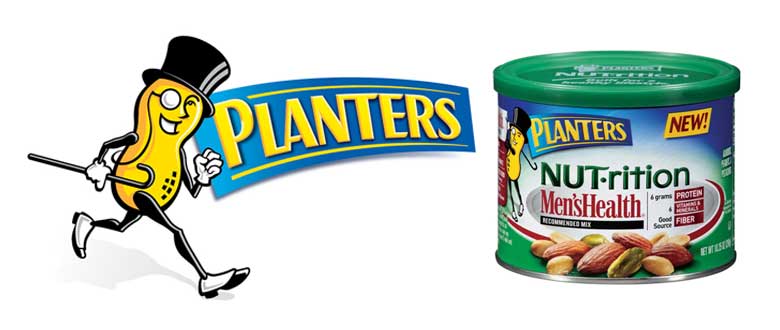Your company has been around for a while, in this case, for more than 110 years. You still carry the same products that you once did but you are now facing new competition from places you never imagined. Your customers now have alternatives to what you have to offer from other product categories that satisfy a similar need. How do you remind the consumers that your product, the tried and true product is still the one they should choose? You reposition your product to fit the current paradigm.
The year was 1889. A young 11 year old boy arrived in the United States. Amedeo Obici couldn’t speak English so his destination was written on a label tied through a buttonhole on his coat. He was on his way to live with his uncle in Scranton Pennsylvania. But Amedeo got misdirected and ended up in Wilkes-Barre PA instead. The people at the train station took Amedeo to a fruit store owned by another Italian immigrant who could translate and assist. Amedeo was eventually reunited with his uncle in nearby Scranton but he soon came back to Wilkes-Barre a few years later to work at the fruit store.
Amedeo was an ambitious young man who worked hard and saved enough money to buy his own fruit stand and peanut roaster. Using a horse and wagon, Amedeo called himself “The Peanut Specialist” and his dream of owning his own business became a reality.
Amedeo had developed his own method of blanching whole roasted peanuts, doing away with the troublesome hulls and skins. The process had enough potential that Amedeo and his partner Mario formed a new company. With six employees, two large roasters, and crude machinery, the Planters Peanut Company was founded in 1906.
For years, Planters has branded their product line with the iconic Mr. Peanut. The Planters mascot was introduced in 1916, to help advertise the sales of the country’s first roasted peanut company, Mr. Peanut has become one of the nation’s best-known advertising characters. The original Mr. Peanut was based on a 13-year-old boy’s drawing. Mr. Peanut’s image has evolved over the years to include a top hat, white spats, ebony cane, and monocle.
But how do you refresh an historically well established brand to stay up-to-date with current trends?
Planters first looked at consumer research. They found that in the past few years, there has been big changes in men’s lives. Planters found that more men do the grocery shopping (88 percent), they are taking a larger role with household chores (86 percent) and they are more involved in child care (82 percent). Additionally, men are taking steps to stay healthy by starting to exercise more (62 percent) and choosing healthier snacks (53 percent). The modern man is busier than ever and he’s looking to get the best out of life and take care of himself.
Planters decided to partner up with Men’s Health Magazine to create a new product line called NUT-rition Men’s Health®. The new product line features a mix of nuts that are scientifically designed to be a healthy snack for men’s health.
“Men are grocery shopping more, and they want a healthy snack that they can feel confident putting in their cart,” said Scott Marcus, senior brand manager for Planters. “Our research shows that what men love about nuts is they see them as both healthy and manly. So, our nutritionists and developers teamed up with Men’s Health magazine, a trusted and respected authority on nutrition and manliness, to create what we think is an ideal, nutritious snack.”
Successful branding comes from developing an image your target consumer finds relevant. Positioning Planters as a healthy snack for men establishes a relevant image in the mind of the target consumer. Then you must position your brand as credible. The association of Planters and Men’s Health Magazine associates the Planters Brand with the reputation of Men’s Health Magazine that the readership base already holds. Your brand must offer a differentiation from other products in the category. By focusing on a message of being a healthy alternative snack Planters sets up their brand in a new category.
The NUT-rition Men’s Health® product line comes in different formulas for different health issues and is packaged in traditional bulk and convenient snack packs that can be easily taken on the go.
So if your brand has been around for a long time and you feel as if it is getting a little tattered around the edges by newer brands, take some time to rethink your product in the context of our rapidly changing society.
Be careful, don’t get too carried away. Don’t make the mistake of overlooking the solid foundation your brand already has. It is my opinion that Allstate Insurance threw away decades of equity when they changed from “Like a good neighbor” to “get in a better state”. But on the other hand don’t get too emotionally attached to the past. The best thing to do is get a professional experienced third party involved for a fresh viewpoint on your brand image.
Keep in mind the requirements of a successful brand. It must be relevant, credible and different in order to create a positive thought in the consumer’s mind. People rarely change their mind but people can often be persuaded to make a new decision when offered new information.




